Does Heating Prevent Mould?
Mould is a scourge that nobody should experience. Although it is easy for it to appear i your home, it can be extremely difficult to remove once it has begun to grow over time. There are various method you can employ to prevent mould, including some methods that seem so simple.
In this blog, we will provide you with valuable insights by answering the question ‘Does heating prevent mould?’
With new buildings being made to be as energy efficient as possible, and the UK aiming for 95% of its electricity usage to be low carbon by 2030, it is imperative to understand how we can make the most of our ventilation. This is where heat recovery ventilation units come in.
To prevent mould, fresh air should constantly be introduced into your dwelling daily, as it helps to regulate temperature and reduce condensation. Introducing fresh air can be as simple as having a ventilation routine, or installing extractors or MVHR units. Almost all of this is facilitated by ducting.
At I-Sells, all things ventilation and ducting related is our speciality, and we are here to answer the questions we know are common for those new to HVAC and what it encompasses.
The dangers of mould
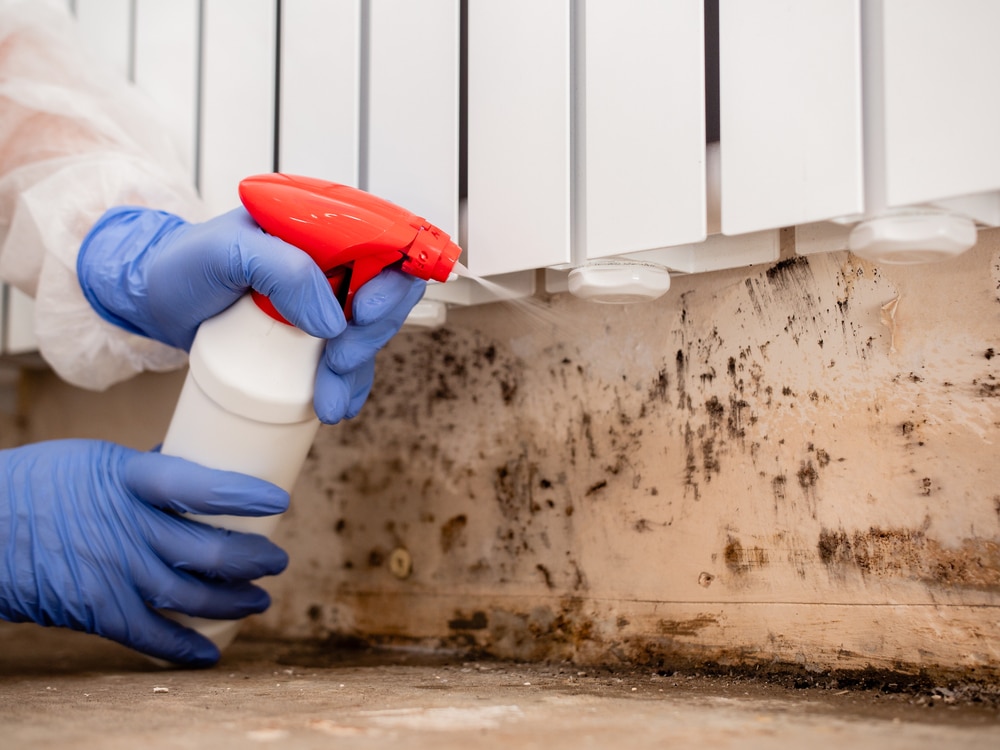
Mould is a form of fungus that can develop on any could surface in humid environments. It can grow on your walls, windows, and so many more areas of your home. If left unattended, mould can spread quickly and get deeper into the surfaces it is latched on to.
Mould is commonly found in homes in two forms. That being said, there are multiple other forms of mould that have other characteristics that can affect you.
- Black Mould – Also called Stachybotrys chartarum, black mould is commonly found in bathrooms and wet rooms but can also occur on cold exterior walls in habitable rooms such as the bedroom or living room.
- Cladosporium – Commonly found in bathrooms, under sinks, and around taps, but it can grow on surfaces like carpets, furniture, walls, and floors.
Mould reproduces from tiny spores. The spores float through the air and deposit on the surfaces. Under adequate temperature, moisture, and nutrient conditions, the spores can form new mould colonies.
Once mould gets in to surfaces deeper, it can be extremely difficult to remove it. This is why it should be removed as soon as it is spotted. Here are the ways mould can be formed.
- Condensation, or other wet surfaces, are not wiped and dried down.
- There is an unfixed leak that is dripping on an area constantly.
- Another mouldy object has been brought into the home and left there.
- There is no effort to ventilate the home.
- Windows and extractor fans are not used when taking a hot shower or bath.
- Windows are not open, and cooker hoods are not used when cooking in the kitchen.
Can mould affect my health?
Yes. Mould will affect your health, especially if you have underlying health conditions, a mould allergy, or a weak immune system. There are many ways mould can impact your health. Common symptoms include…
- A rash.
- A cough/sneezing.
- Red, sometimes swollen skin.
- Watery eyes.
- A runny nose.
- A sore throat.
Less common symptoms can include…
- Hair loss.
- Frequent bouts of illness.
- Breathing issues/ increase in asthma issues if you already had asthma.
- Bowel issues.
- Stomach aches.
Understandably, these symptoms can coincide with a multitude of other health issues. If you have visited a doctor frequently for these symptoms with no resolution, but you also have mould in your home, it could be worth removing the mould.
Or, if possible, spend an extended time in a mould free environment to see if your health has improved. If so, you could have a mould allergy.
How to solve a mould allergy
For those with a mould allergy, relieving the symptoms is important for you to have some sort of quality of life. However, removing the mould at its source will be the best option in order to prevent the issues that mould allergies bring.
If you’ve tried anti paint mould, or mould surface cleaners, and they still aren’t working, you may need to procure the services of mould removal services.
Mould removal services will provide the best guidance and most thorough inspection and apply the best mould removal solutions to the situation at hand.
Does heating prevent mould?
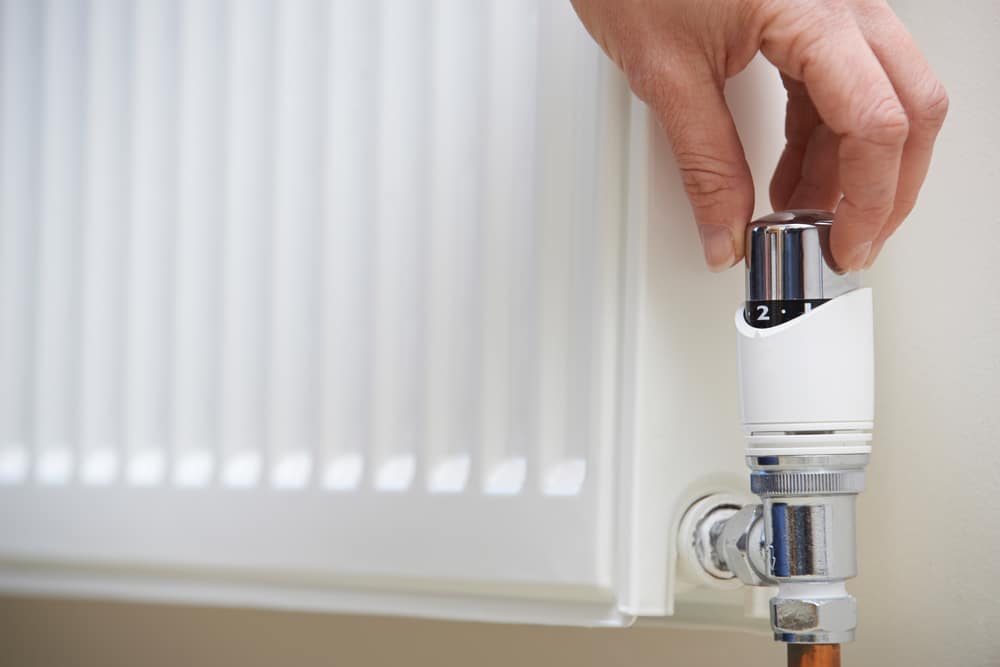
Heating by itself does not prevent mould. But it does help slightly. Low-level heating helps by raising the temperature of a cold room and any air that has moisture in it that would have otherwise become condensation.
To truly get the best in mould prevention through applications readily available in your house, you should definitely use heating, but you should also make use of ventilation. Ventilation can be as simple as opening a window.
We would recommend opening your windows at least twice a day, especially if the room in question builds up humidity quickly.
If you are looking for ventilation systems that can help prevent mould, installing MVHR, and extractor fans in rooms such as the bathroom and condition, can be a great boost in helping to remove humidity in your home. As a result, mould will have a much more difficult time formulating.
Can heating destroy mould?
No. Once mould has begun to grow, you must get rid of it yourself. Depending on its severity, you’ll likely need a mould surface cleaner or anti-mould paint to remove it.
Does heating make condensation?
No, thankfully, central heating systems don’t emit steam, therefore they will not generate condensation or humidity, the same way a hot shower in a cold bathroom would. Traditional heaters use heating oil to warm the heater it is housed in, to a degree in which the heater emits heat, rather than steam.
Is any home safe from mould?
No. Mould can develop in any home, whether it be predisposed to it through cracks and drafts in the home, In addition, poor maintenance will greatly contribute to the development of mould.
You should never overlook the danger of mould. A tiny amount can develop into a large patch if it is not addressed, it will not only damage your home but your health too. Mould-proofing your house should always be done, always remove any mould as soon as you possibly can.
You can mould-proof your home by…
- Implementing a ventilation routine, ideally twice a day.
- Installing MVHR and extractor fans or just updating what is already there.
- Consider upgrading your windows and doors if they aren’t retaining heat well.
- Fill any holes and cracks that are creating drafts in the home.
- Open the windows when cooking or having a hot shower
- Wipe down any surfaces with condensation or moisture that has spilt.
Can ventilation destroy mould?
No, ventilation can prevent mould from spreading, but it can not destroy it. Destroying mould is done by using fungicidal products, and addressing circumstances that contribute to the environment that the mould is growing in.
Destroy mould today
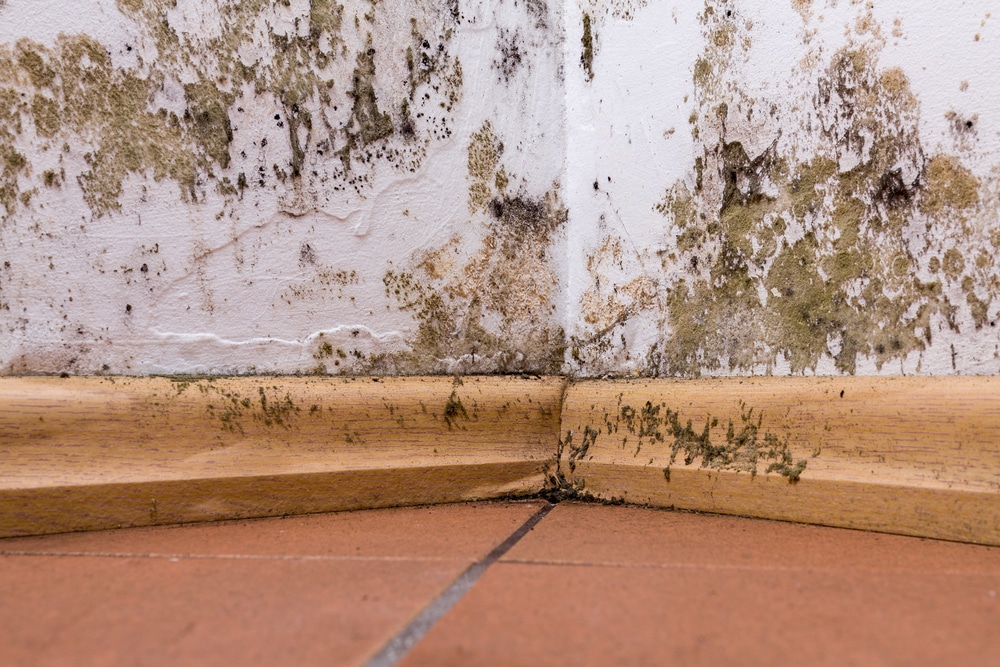
We at I-Sells endeavour to ensure our customers have all the information they require before investing in our mould solutions. Be sure to visit our blog page to learn about the vast array of factors and issues surrounding ventilation, mould, condensation, and much more.
We hope to have answered the question ‘Does heating prevent mould?’
We understand you may have more questions, do not hesitate to contact us for more information about whatever you need our help with. If you’d like to email us, click here. For other contact options, see below:
Call us on 020 8463 9696
Visit us at our showroom:
*OPENING TIMES*
Monday – Friday: 8:00 am to 5:30 pm
Saturday: 9:00 am to 12:00 pm
Sunday: Closed
15 St John’s Parade
Sidcup, Kent
DA14 6ES
United Kingdom

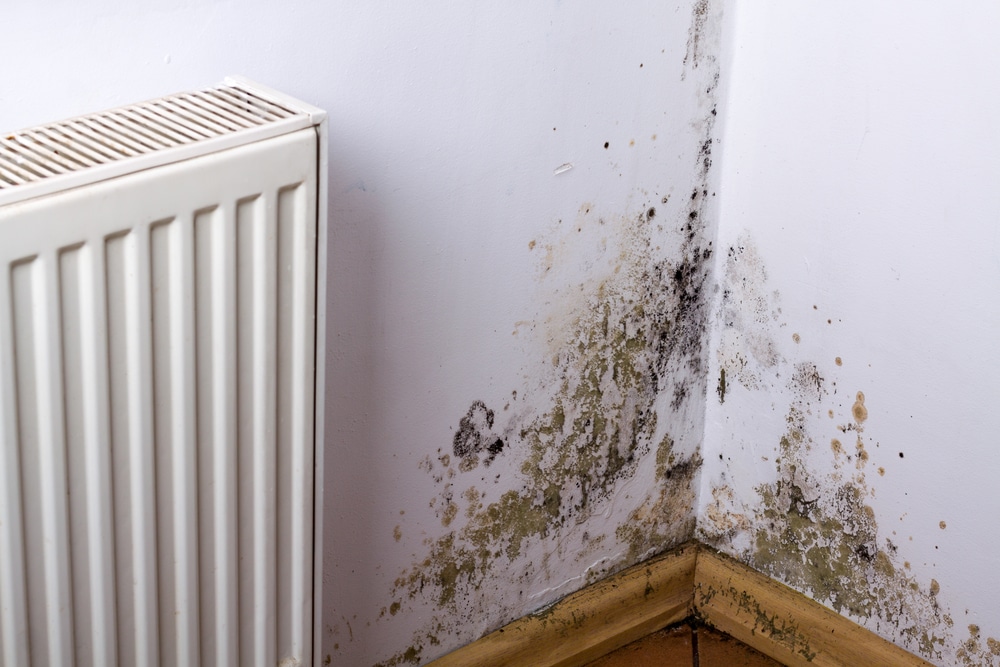
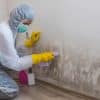
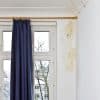


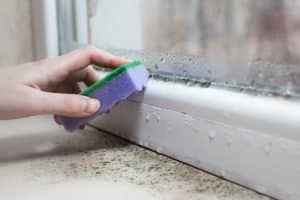






















Add comment
You must be logged in to post a comment.